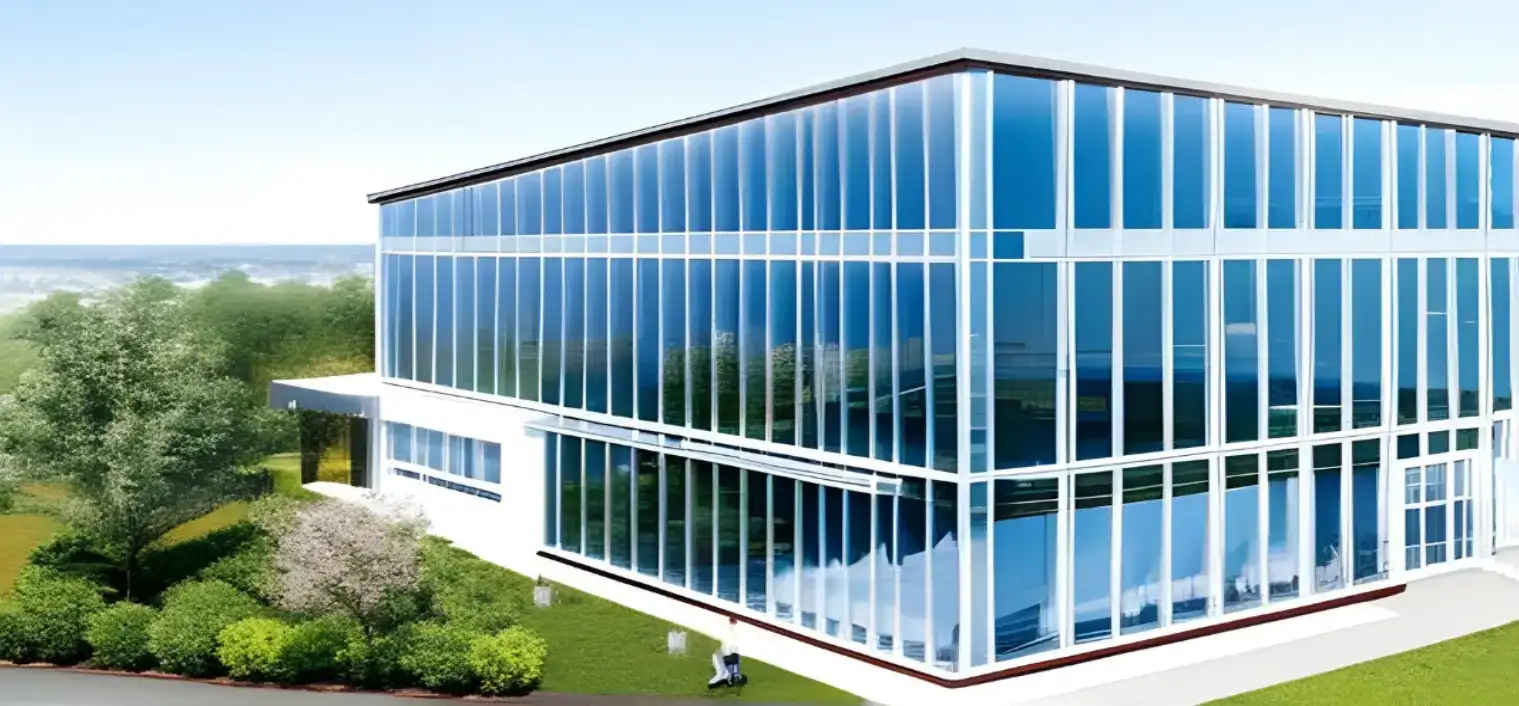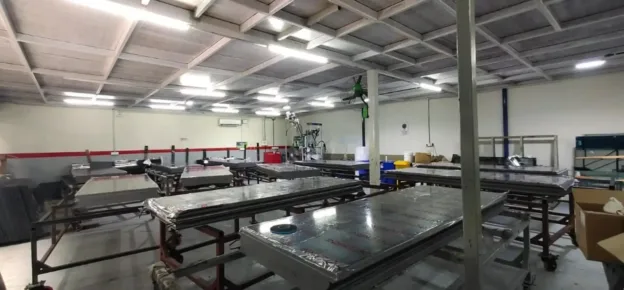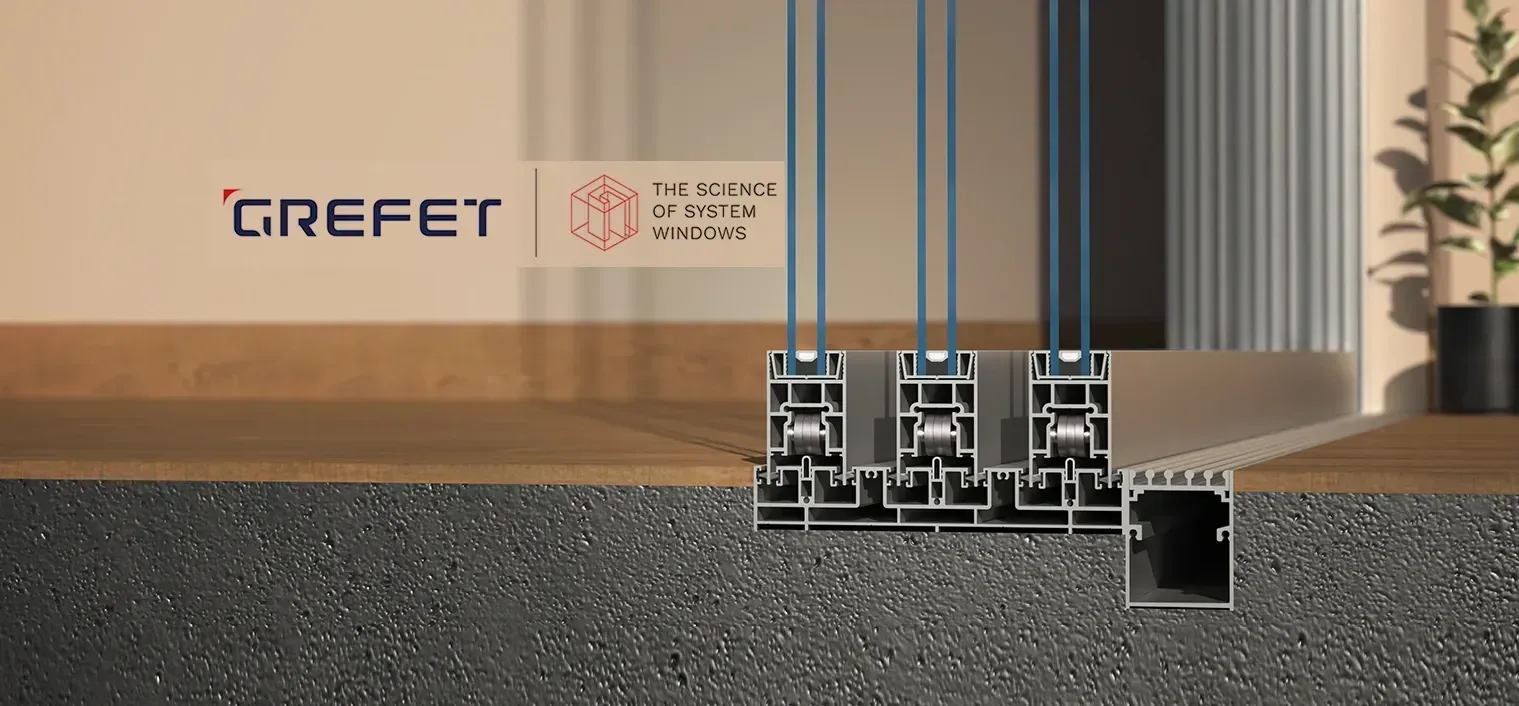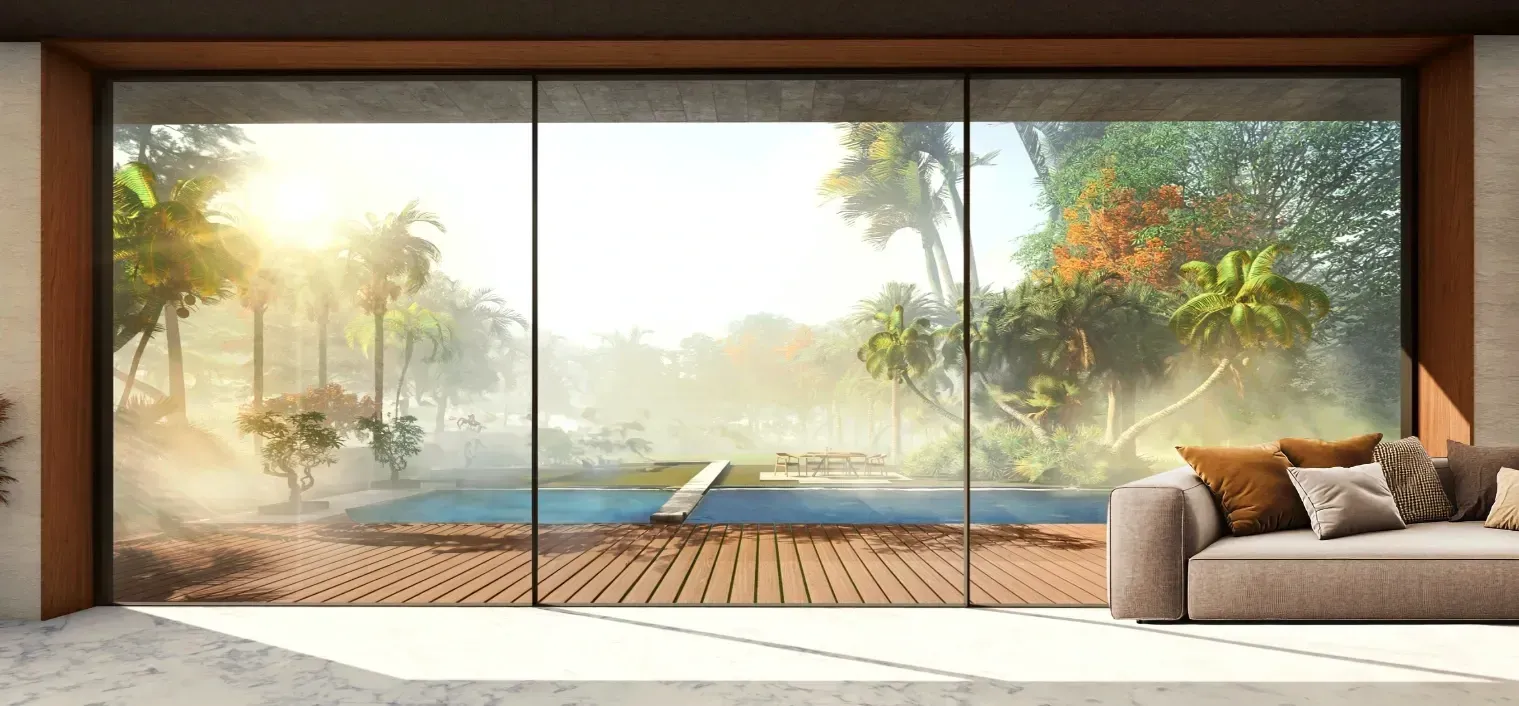In the pursuit of sustainable and energy-efficient building design, architects and builders are constantly seeking innovative solutions to reduce carbon emissions and enhance environmental performance. Among these solutions, the use of double glass panels has emerged as a game-changer. This article explores the efficiency of double glass panels within the context of green building and energy sustainability, shedding light on their role in mitigating carbon emissions and promoting a more environmentally conscious future.
Enhancing Thermal Insulation
Double glass panels, also known as insulated glazing units (IGUs), consist of two layers of glass separated by an air- or gas-filled space. This configuration provides superior thermal insulation compared with single-pane windows, reducing heat transfer between the interior and exterior of a building. The trapped air or gas acts as an insulating barrier, minimising thermal bridging and enhancing energy efficiency.
By incorporating double glass panels into building design, architects can significantly reduce reliance on mechanical heating and cooling systems. The improved insulation properties of IGUs help maintain a stable indoor temperature, minimising the need for excessive heating during cold seasons and reducing demand for air conditioning in warmer climates. This reduced reliance on HVAC systems directly translates into energy savings and a notable decrease in carbon emissions.
Optimising Daylighting And Visual Comfort
Beyond thermal insulation, double-glazed panels also contribute to the optimisation of daylighting strategies within buildings. The use of IGUs allows for larger window areas while maintaining energy efficiency. The increased glazing area permits abundant natural light to penetrate the interior, reducing dependence on artificial lighting during the day. By harnessing natural light, buildings can minimise energy consumption and create visually stimulating, comfortable environments for occupants.
Moreover, double glass panels offer the advantage of improved acoustic insulation. The dual layers of glass help dampen external noise, creating a quieter and more tranquil indoor setting. This contributes to the overall comfort and well-being of building occupants, enhancing their productivity and satisfaction.

Mitigating Carbon Emissions And Energy Consumption
The adoption of double glass panels aligns with the goals of green building sustainability and energy conservation. By reducing reliance on artificial lighting and HVAC systems, buildings equipped with IGUs can significantly lower energy consumption, resulting in reduced carbon emissions and a lighter environmental footprint. This not only benefits the immediate occupants but also contributes to the wider goal of combating climate change and achieving a more sustainable future.
Furthermore, the use of double glass panels can qualify for various green building certifications and rating systems, such as LEED (Leadership in Energy and Environmental Design), which recognise and promote energy-efficient building practices. This not only enhances the marketability and value of the building but also demonstrates a commitment to environmental stewardship.
Conclusion
Double glass panels have revolutionised the way we approach building design in the realm of green building and energy sustainability. Their superior thermal insulation properties, ability to optimise daylighting, and role in reducing energy consumption make them a powerful tool in mitigating carbon emissions and promoting a more environmentally conscious future. By incorporating double glass panels into building envelopes, architects and builders can create energy-efficient structures that prioritise occupant comfort, reduce operational costs, and contribute to a sustainable and resilient built environment. As the drive for green building practices gains momentum, the efficiency of double-glazed panels stands as a testament to the industry’s commitment to a greener and more sustainable future.















